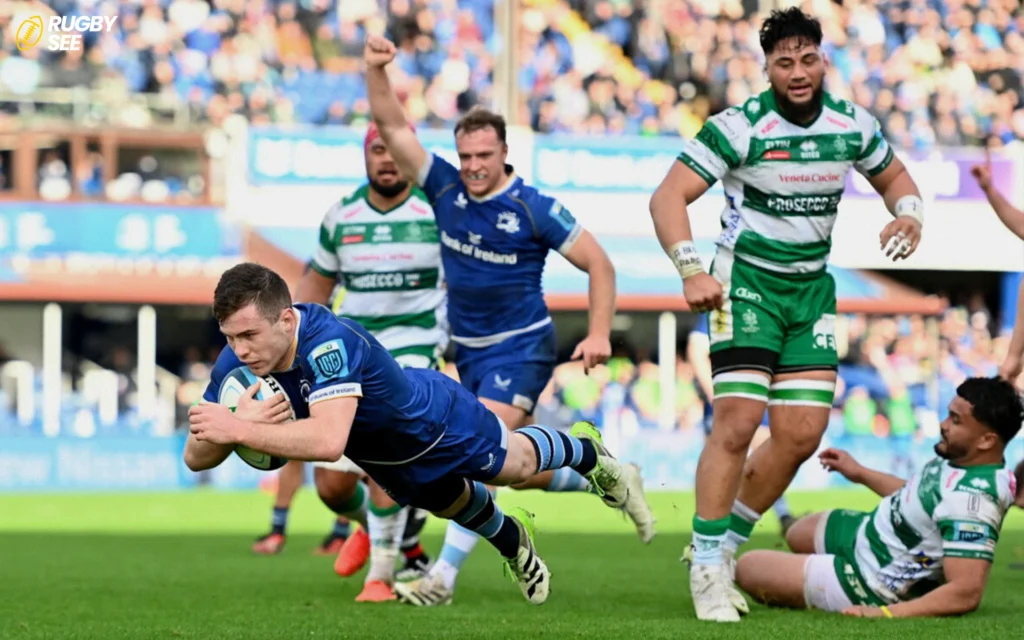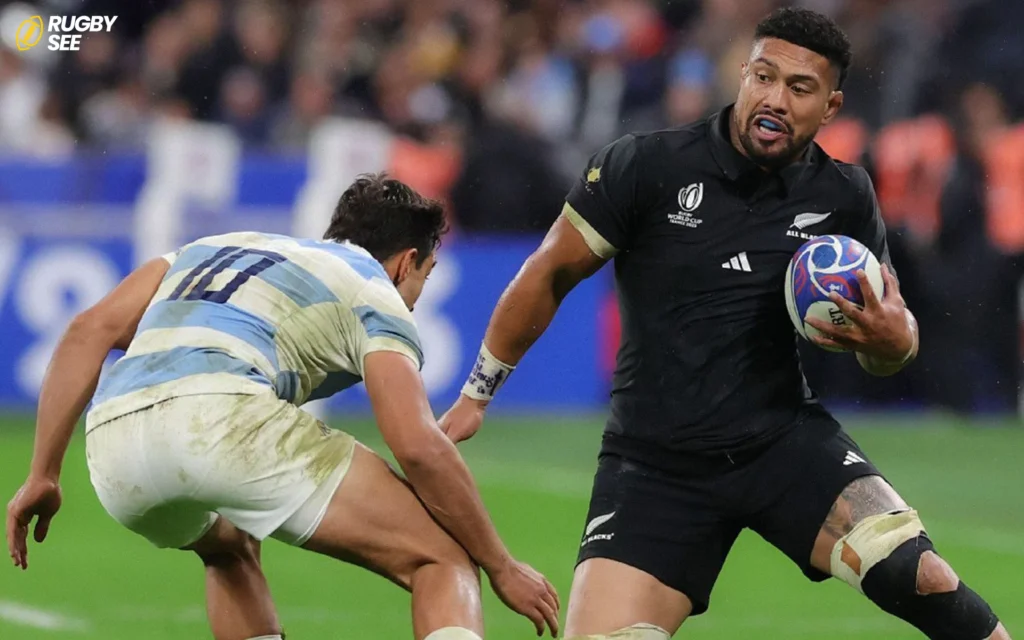Rugby League is a thrilling and fast-paced sport that captivates audiences around the world with its intense action and physicality. One common question that newcomers and fans alike often ask is, “How long is a Rugby League match?” In this article, we’ll delve into the duration of Rugby League games, including regulation play time, halftime intervals, and additional factors that may affect the overall duration of matches.
Understanding the Basics of Rugby League
Game Structure
Rugby League matches are structured into two halves, each lasting a specific duration of time. The game is played with two teams, each consisting of thirteen players, competing to score points by carrying or kicking the ball over the opposing team’s try line.
Scoring
Points in Rugby League are awarded for scoring tries, goals, and field goals. A try, which is worth four points, is scored when a player grounds the ball on or behind the opposing team’s try line. Goals, worth two points each, are scored by kicking the ball through the goalposts after a try is scored. Field goals, also known as drop goals, are worth one point and can be scored during open play by drop-kicking the ball over the crossbar and between the goalposts.
Duration of a Rugby League Match
Regulation Play Time
The duration of a standard Rugby League match is 80 minutes, divided into two halves of 40 minutes each. During regulation play time, the clock runs continuously, except in cases of stoppages for injuries, penalties, or other game-related incidents.

Half-Time Interval
At the conclusion of the first half, teams are given a halftime interval typically lasting 10 minutes. During this break, players have the opportunity to rest, receive instructions from coaches, and make any necessary adjustments to their game plan before returning to the field for the second half.
Additional Time
In certain circumstances, Rugby League matches may extend beyond the regulation 80 minutes due to stoppages or delays during the game. Referees have the discretion to add additional time, known as injury time or stoppage time, to compensate for time lost during stoppages for injuries, substitutions, or other interruptions to play.
Factors Affecting Match Duration
Game Flow
The pace and flow of a Rugby League match can vary depending on factors such as team strategies, referee decisions, and weather conditions. Fast-paced, open games with minimal stoppages may result in shorter match durations, while slower-paced games with frequent stoppages may extend the overall duration of play and if you want to know about Rugby Fields read Does Rugby Have Field Goals? Understanding Rugby Scoring.
Television Broadcasts
Rugby League matches broadcast on television may include additional breaks in play for commercial advertisements, halftime analysis, and other programming. These breaks may extend the overall duration of matches, especially in televised competitions and major tournaments.
Managing Match Duration
Referee Authority
Referees play a crucial role in managing match duration by ensuring that games progress smoothly and efficiently. They have the authority to enforce timekeeping regulations, manage stoppages, and add additional time as needed to compensate for delays. Referees work closely with match officials and timekeepers to maintain accurate timekeeping throughout the game.

Time Management Strategies
Coaches and players employ various time management strategies to optimize performance and maximize scoring opportunities within the allotted match duration. This may include strategic substitutions, quick restarts, and tactical adjustments to capitalize on momentum shifts and exploit weaknesses in the opposing team’s defense.
Adjusting to Variations in Match Duration
Competition Formats
The duration of Rugby League matches may vary depending on the competition format and level of play. While standard matches consist of two halves lasting 40 minutes each, variations such as shortened games or extended play-off matches may occur in certain competitions or tournaments.
International Matches
International Rugby League matches, such as Test matches and World Cup fixtures, may adhere to different match duration regulations than domestic league games. International governing bodies establish rules and guidelines for match duration, halftime intervals, and additional time to ensure consistency and fairness across competitions.
Enhancing the Spectator Experience
Entertainment Value
Rugby League stakeholders, including clubs, leagues, and broadcasters, strive to enhance the spectator experience by delivering entertaining and engaging matches. This may involve incorporating halftime entertainment, fan engagement activities, and multimedia presentations to keep audiences entertained during breaks in play and if you want to know about Cheerleaders in Rugby read does rugby have cheerleaders.
Fan Interaction
Fans play an integral role in the Rugby League experience, bringing energy and excitement to stadiums and viewing venues. Interactive fan experiences, such as halftime competitions, mascot appearances, and meet-and-greets with players, enhance the sense of community and connection among supporters, contributing to the overall enjoyment of the match.

In conclusion, the duration of a Rugby League match typically consists of 80 minutes of regulation play time, divided into two halves of 40 minutes each, with a 10-minute halftime interval between halves. Additional time may be added by referees to compensate for stoppages or delays during the game. While the standard duration of matches remains consistent, various factors such as game flow and television broadcasts may influence the overall duration of play.
Whether it’s the physical collisions, strategic maneuvers, or thrilling tries, Rugby League matches offer spectators an exciting and action-packed sporting experience that continues to captivate audiences worldwide.










